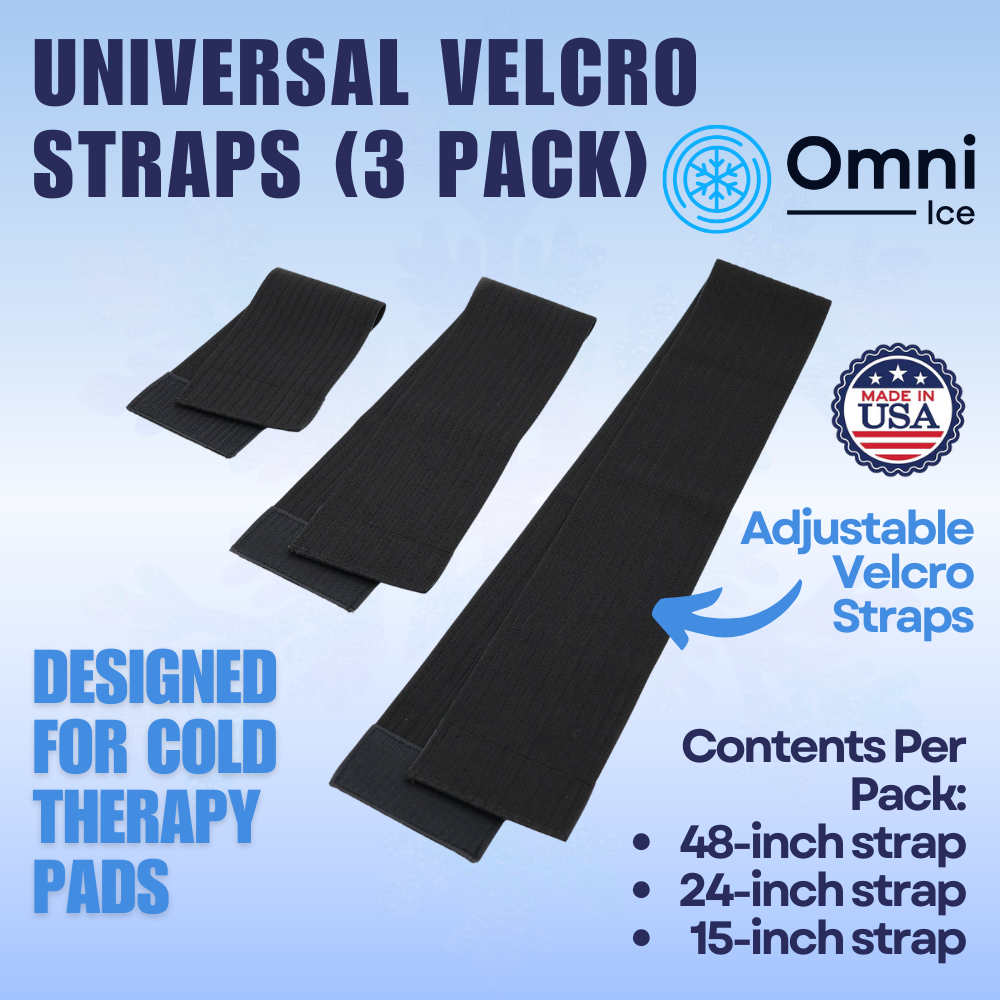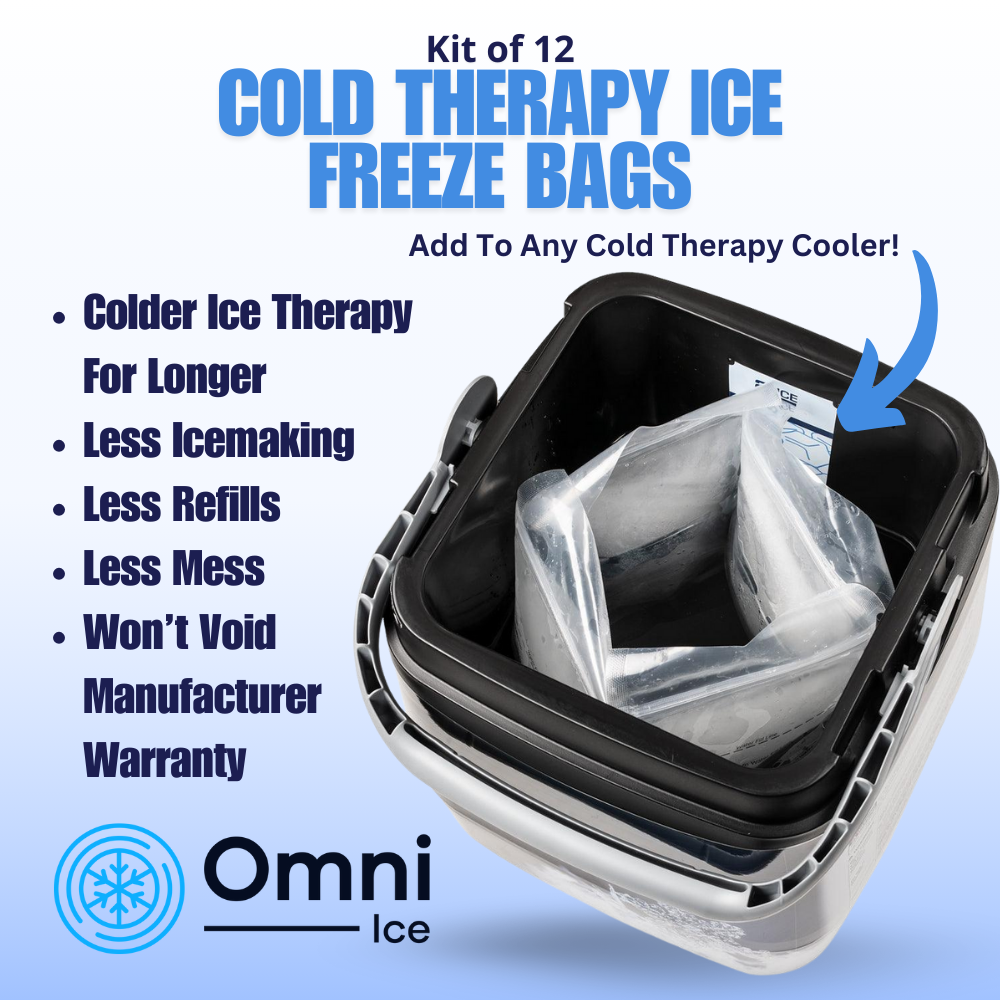Can Cold Therapy Increase Flexibility?
Continuous practice is the only sure way to improve almost every athletic trait, including flexibility. Much like lifting weights will make you stronger, practicing a different range of motion technique will improve your flexibility. Medical experts have also discovered ways to use cold therapy to improve your flexibility. Continue reading to know how this works.
How Cold Therapy Improves Flexibility

First of all, it is important to mention that the main reason why cold therapy or ice treatment has proved to be effective in improving flexibility is quite confusing. The accepted notion is the opposite of what you might think. Basically, the cold temperature causes vasodilation – widening of the blood vessels. This allows your blood to circulate more freely and increases the temperature inside your muscles. This causes a soothing effect on your musculature, reducing its resistance to stretches.
However, this may seem odd, especially if you have had cold therapy to treat an injury. Generally, cold therapy is meant to lower tissue temperature and encourage vasoconstriction, which is the reverse of vasodilation. But if you are using cold therapy for flexibility purposes, its effect is the opposite of cold therapy used for treatment. If you studied biology, you already know that your body’s reaction to external cold reduces blood flow to the superficial blood vessels increases blood flow to the blood vessels underneath the surface to prevent heat loss.
For example, if you put an ice pack on your hamstrings, the cold temperature won’t penetrate the entire muscle because it is quite large. Instead, it will cause a sharp temperature gradient, leaving the muscle near the surface cooler than the one underneath. This means that the deeper muscle will experience increased blood flow, which will reduce its resistance against stretching. However, this type of therapy will only be effective if you do not have too much leg fat because it could delay the gradient effect.
It is also important to mention that different applications of cold therapy yield different results. For instance, the type of flexibility offered by crushed ice in a pack is different from the one offered by crushed ice with cold water. Since water is a heat conductor, it will conduct your body’s heat away faster than air and an ice pack alone. Therefore, a combination of ice and water is likely to yield better results than an ice pack alone. For more information on the link between cold therapy and flexibility, get in touch with MyColdTherapy today.








